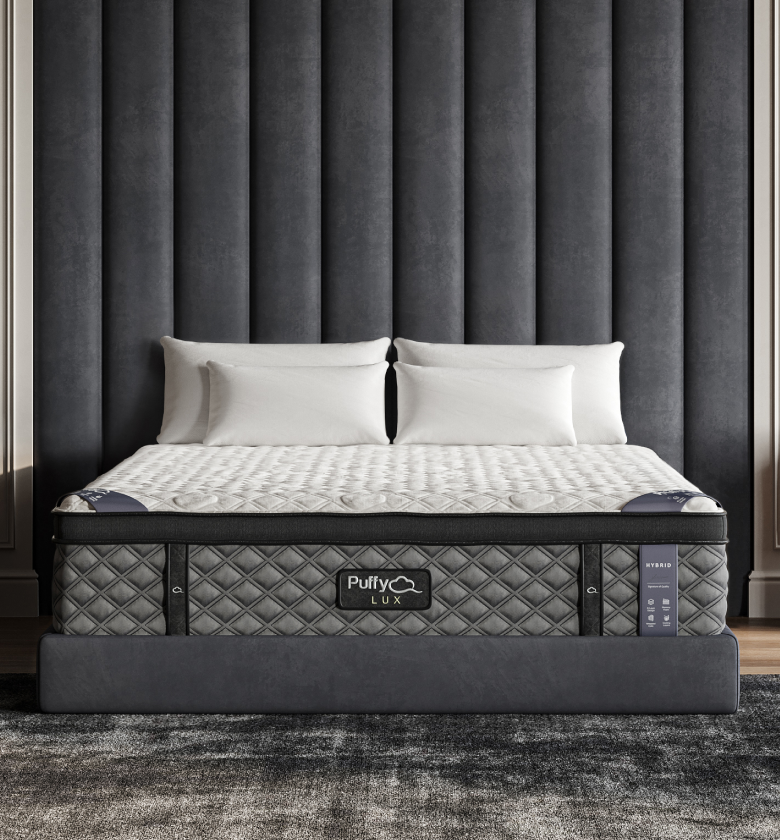Key Takeaways
- Understand the main differences between feather pillows vs synthetic pillows in terms of comfort, maintenance, and cost.
- Learn if synthetic pillows are safe and hypoallergenic for sensitive sleepers.
- Explore which pillow type is better suited to your needs: feather or synthetic pillows.
- See a comparison of key features including support, durability, and washing ease.
Feather and synthetic pillows each offer unique benefits that appeal to different kinds of sleepers.
Whether you prioritize plush softness, long-term durability, or easy maintenance, picking the right pillow can make all the difference.
If you’re stuck between feather pillows vs synthetic, this guide breaks down the features that matter most—so you can rest easy.
Are Synthetic Pillows Safe?
Yes, synthetic pillows are generally safe for everyday use and are often preferred by individuals with allergies.
They’re typically made from polyester fibers, which are non-toxic and hypoallergenic when manufactured under standard consumer safety regulations.
Benefits of Synthetic Pillows for Safety:
-
Hypoallergenic: Great for those with dust mite or feather allergies
-
Machine washable: Easy to clean thoroughly
-
No animal-derived materials: Vegan-friendly
-
Odor-free: Less likely to have strong smells compared to feathers
However, synthetic materials can sometimes trap heat or wear down faster than natural fillings. Choosing a high-quality synthetic pillow can help minimize these downsides.
We keep synthetic pillows in our kids’ room for this exact reason—they’re washable, easy to maintain, and less likely to cause sneezing fits during allergy season. When paired with our Puffy Cloud Mattress, the combo keeps the entire bed breathable and fresh all night long.
Feather Pillows vs Synthetic
Let’s take a closer look at how feather and synthetic pillows compare in key categories.
Comfort & Feel:
-
Feather pillows offer a plush, moldable feel that adapts easily to your head and neck, making them a favorite for side and stomach sleepers who like a personalized fit.
-
Synthetic pillows tend to have a springier or more consistent loft, depending on the fill density, and are well-suited for those who prefer stable, medium support without needing to fluff frequently.
Support:
-
Feather: Good support that gently contours to the neck but may compress overnight, requiring frequent reshaping for optimal alignment.
-
Synthetic: Generally more structured and firm, maintains its shape longer throughout the night, and supports proper head elevation with less effort.
Maintenance:
-
Feather: Typically dry-clean only or spot clean; can lose feathers over time and develop a slight odor if not aired regularly.
-
Synthetic: Machine washable and dryer-safe in most cases; easier to keep clean and fresh, making them a practical choice for households with kids or pets.
Durability:
-
Feather: Can last several years with proper care, but may require frequent fluffing and attention to seam integrity to prevent feather loss.
-
Synthetic: Lifespan of 1–2 years, depending on quality and usage, though regular washing and protective covers can extend usability.
| Feature | Feather Pillows | Synthetic Pillows |
|---|---|---|
| Feel | Plush, moldable | Soft to medium-firm |
| Allergy Risk | Higher | Low (hypoallergenic) |
| Washability | Spot clean or dry clean | Machine washable |
| Cost | Higher upfront | More affordable |
| Lifespan | 3–5 years | 1–2 years |
Feather or Synthetic Pillows: Which One Is Right for You?
Choosing between feather or synthetic pillows often comes down to personal preferences and sleeping style.
Choose Feather If:
-
You love a luxurious, plush feel that contours closely to your head and shoulders
-
You don’t mind fluffing your pillow nightly to maintain comfort and shape
-
You prefer natural materials that offer a more traditional and cozy sleep experience
-
You enjoy a warmer sleeping surface, especially in colder climates
Choose Synthetic If:
-
You or your family members have allergies or sensitivities to natural fills
-
You want low-maintenance, washable bedding that fits into a busy lifestyle
-
You’re shopping on a budget but still want decent comfort and support
-
You prefer a cooler, more breathable sleep surface that doesn’t trap heat
Another factor to consider is temperature regulation. Feather pillows tend to retain more warmth, while many synthetic pillows are designed with breathable materials to help dissipate heat.
Additional Considerations
Eco-Friendliness
-
Feather pillows can be biodegradable and longer-lasting, but may not be cruelty-free depending on sourcing and manufacturing practices. Some brands are now offering ethically sourced down, which may appeal to eco-conscious buyers.
-
Synthetic pillows can sometimes be made from recycled materials, which is a positive step, but they are typically petroleum-based and slower to decompose in landfills. Choosing eco-certified or partially recycled fills can lessen their environmental footprint.
Sensory Experience
-
Feather pillows can make a slight rustling sound when shifting, and occasionally feathers may poke through the casing if not well-constructed.
-
Synthetic pillows are quieter, more consistent in texture, and less likely to create any tactile surprises, making them a dependable choice for light sleepers or children.
After trying both types, I’ve found synthetic pillows to be better for our guest room since they’re easier to wash between stays. And when placed atop our Puffy Lux Mattress, guests always rave about how well they sleep—even without realizing what’s underneath the pillowcase!
Final Thoughts
There’s no one-size-fits-all answer in the debate of feather pillows vs synthetic, but by understanding the pros and cons of each, you can make a choice that aligns with your sleep style and household needs.
From allergy concerns to maintenance preferences, it’s about what works best for your lifestyle—and what helps you wake up rested and refreshed.

- 8 layers of cloudlike luxury.
- Medium-plush feel.
- Gel-infused cooling.
- 101-night sleep trial.












